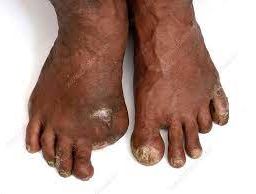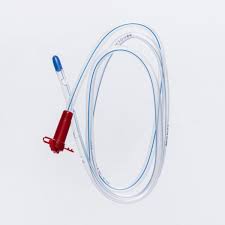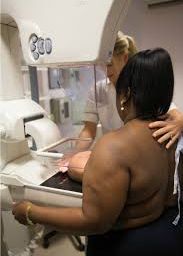
The Pros and Cons of Using Breastfeeding Birth Control
Welcome to our comprehensive guide on breastfeeding and birth control, where we navigate the essential considerations for new mothers. Exploring the impact of breastfeeding on fertility, we delve into effective methods like the Lactational Amenorrhea Method (LAM) and safe options such as Progestin-Only Pills. Join us in understanding how to balance the joys of motherhood while making informed choices for birth control and overall well-being.

Breastfeeding and birth control are important considerations for new mothers who want to prevent unintended pregnancies while providing the best nutrition and care for their babies. Understanding which birth control methods are compatible with breastfeeding is crucial. In this post we’ll cover the basics of breastfeeding and birth control and explore the methods that are generally considered safe and appropriate for breastfeeding mothers.
Breastfeeding and Its Impact on Fertility:
Breastfeeding can have an impact on a woman’s fertility, primarily through a natural form of birth control called the Lactational Amenorrhea Method (LAM). LAM is effective when three conditions are met:
1. Exclusive breastfeeding: The baby is solely breastfed, receiving no other foods or liquids, except for vitamins, minerals, or medications.
2. Frequent breastfeeding: The baby is breastfed on demand, usually at least every 2-3 hours.
3. No menstruation: The mother has not had her period return since giving birth.
When these criteria are met, LAM can be up to 98% effective in preventing pregnancy for the first six months after childbirth. However, once any of these conditions change, the effectiveness of LAM decreases, and it is essential to consider other birth control methods.
Birth Control Methods Compatible with Breastfeeding:

1. Progestin-Only Pills (Mini Pills):
Progestin-only birth control pills are considered safe for breastfeeding mothers because they do not contain estrogen, which can interfere with milk production. They must be taken at the same time every day to be effective.
2. Progestin-Only Implant (Nexplanon) and Progestin-Only Injection (Depo-Provera):
These long-acting methods are generally considered safe for breastfeeding women. The hormones in these methods do not significantly impact breast milk composition.
3. Intrauterine Devices (IUDs):
Both the copper IUD (non-hormonal) and the hormonal IUD (levonorgestrel) are safe and effective for breastfeeding mothers. The hormonal IUDs release a low dose of progestin locally and have minimal systemic effects.
4. Barrier Methods:
Condoms and diaphragms are safe and do not affect breast milk.
5. Lactational Amenorrhea Method (LAM):
As mentioned earlier, LAM can be effective during the first six months if specific conditions are met.
6. Natural Family Planning (NFP) Methods:
NFP methods, such as tracking menstrual cycles and monitoring body temperature and cervical mucus, can be used for breastfeeding women who have regular menstrual cycles returning. However, they may not be as reliable during irregular cycles.
7. Emergency Contraception:
Emergency contraception (the “morning-after pill”) can be used when needed and does not have any known harmful effects on breastfeeding.

It’s important to note that estrogen-containing birth control methods, such as combined oral contraceptive pills, patches, and vaginal rings, are generally not recommended during the early postpartum period and breastfeeding. Estrogen may affect milk supply, especially in the first six weeks after delivery.
Every woman’s body and breastfeeding experience are unique, so it’s essential to consult a healthcare professional before starting any birth control method. They can provide personalized guidance based on your medical history, breastfeeding patterns, and contraceptive preferences.
Remember, while breastfeeding can offer some natural protection against pregnancy through LAM, it is not foolproof. For effective birth control, it’s best to choose a method that suits your needs and lifestyle while ensuring the well-being of both you and your baby.
Disclaimer: The information provided in this content is for general informational purposes only. It is not intended as medical or healthcare advice, diagnosis, or treatment. Always seek the advice of a qualified healthcare professional with any questions you may have regarding a medical condition or healthcare decisions.
















